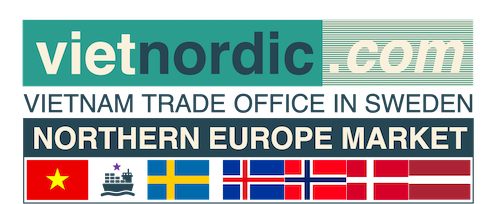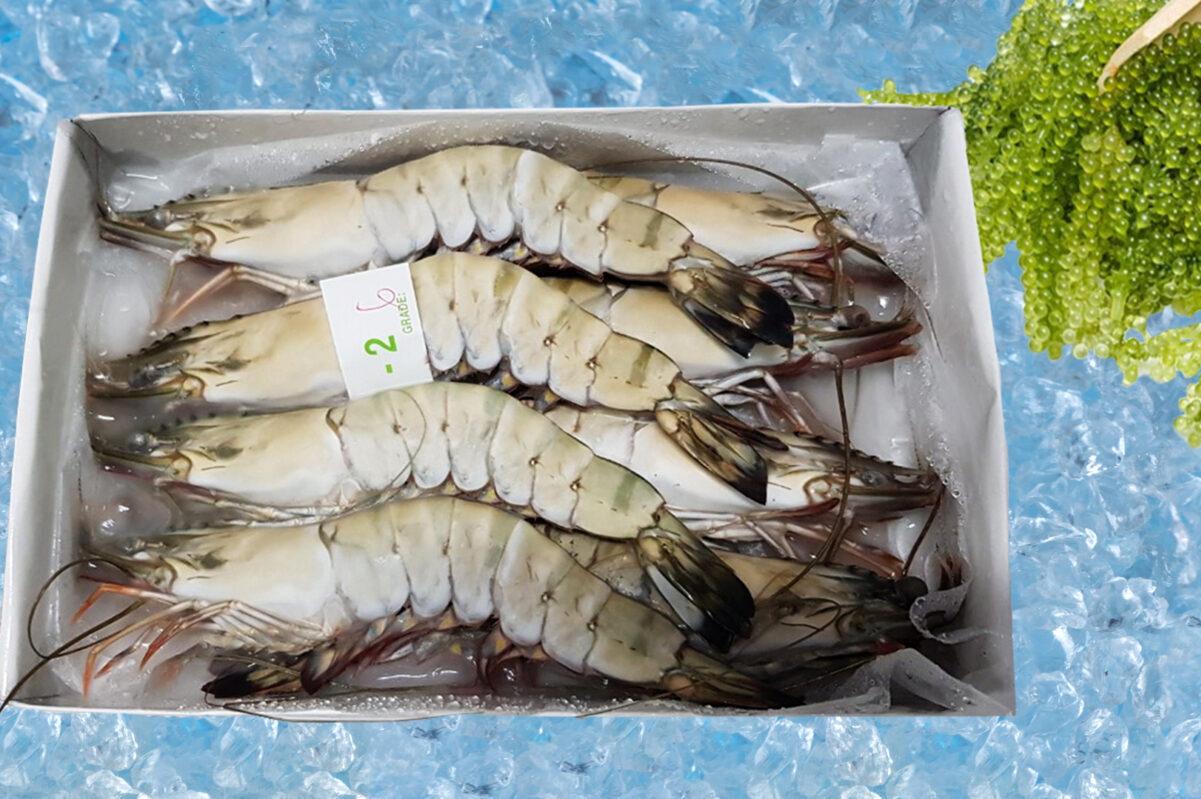Many local seafood export enterprises forecast that the US and European markets will have high demand for importing shrimp at year-end.
Lê Văn Quang, chairman of the Minh Phú Seafood Corporation’s Board of Directors, said that the corporation had signed contracts with partners to supply shrimp until the end of the year. Now, its factory runs at full capacity but there is not enough shrimp supply for customers.
The export markets have high demand for large-size shrimp with 10-30 units per kilo. If farmers harvest shrimp in November, the shrimp would be exported to the European and US markets. After November, the shrimp will be sold to China, Japan, and South Korea, according to Quang.
The selling price of a 20-shrimp kilo is at VNĐ195,000-198,000, so the farmers could gain a profit of VNĐ50-60 million per tonne of shrimp.
According to Võ Quan Huy, chairman of the Mỹ Thanh Shrimp Association in Sóc Trăng Province, shrimp producers and traders in the province said that now they have gained good results in shrimp exports.
The Việt Nam Association of Seafood Exporters and Producers (VASEP) reported in the first seven months of 2021, Việt Nam’s shrimp exports reached US$2.2 billion, up 14 per cent over the same period last year. Of which, shrimp exports reached $584.6 million to the US (up 34 per cent year on year) and $320 million (up 26 per cent) to the EU.
However, domestic shrimp production is facing difficulties, according to the Directorate of Fisheries.
Shrimp production facilities in the Southern localities reduced their output by 30-40 per cent from early July and 50 per cent from August 15. Some of them are even temporarily suspending operations.
Besides that, in localities applying social distancing measures under the Prime Minister’s Directive 16/CT-TTg, shrimp consumption is currently suspended because the supermarkets and stores must implement those distancing measures or close.
Some shrimp processing factories must stop working or implement the “3 on-site” model, which involves on-site production, dining and rest, so the capacity has decreased, leading to the risk of the domestic shrimp supply chain breaking while the global demand for shrimp is increasing.
Quang of Minh Phú said that it is very difficult to transport shrimp to its processing factories. The difficulty in consuming shrimp means farmers will not have plans for reproduction. Meanwhile, the fourth quarter often sees high demand for shrimp, so there could be a serious shortage of raw materials.
A representative of the Kiên Giang Department of Agriculture and Rural Development said that in the last months of the year, the Directorate of Fisheries and the association should have an assessment and forecast of the consumption market because there is very little information.
Project looks to bolster Việt Nam’s dragon fruit exports to Europe
A project to improve the quality of tropical fruit grown in Việt Nam sponsored by the Dutch government has kicked off, offering chances for sustainable exports of dragon fruit to the challenging market of Europe.
Việt Nam’s dragon fruit growing areas have been quickly expanded over the years to about 60,000ha. At present, consumption of the fruit heavily depends on the Chinese market.
The project aims to enhance chances for exports of the fruit to the European market, heard a recent webinar arranged by an affiliate of Eurofins Scientific testing laboratories company.
It is also hoped to support farmers to apply farming methods to meet technical standards of European importers, as well as connect importers in the Netherlands and tropical fruit growers in Việt Nam.
The project focuses on introducing tools, solutions and technology to help farmers enjoy higher yield.
Of note, it will apply Eurofins Scientific’s quality testing technology on soil for dragon fruit cultivation, along with in-field activities on farming techniques based on its own recommendations and process. Outcomes will be publicised widely.
Together with product quality and a trustworthy long-term supply planning, control over the use of pesticides is an important factor for the export of dragon fruit to Europe.
Vietnamese exporters are advised to learn about eligible substances and the accurate amount required by each importer so as to inform fruit growers.
In addition to the Netherlands, countries in western and eastern Europe are viewed as potential importers of Việt Nam’s dragon fruit.
The project, which runs until March 2024, is to support four southern Vietnamese provinces – Bình Thuận, Long An, Bến Tre and Đồng Tháp – to improve the quality of three local tropical fruits – dragon fruit, mango and grapefruit – for export to the European market.

